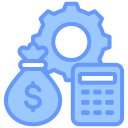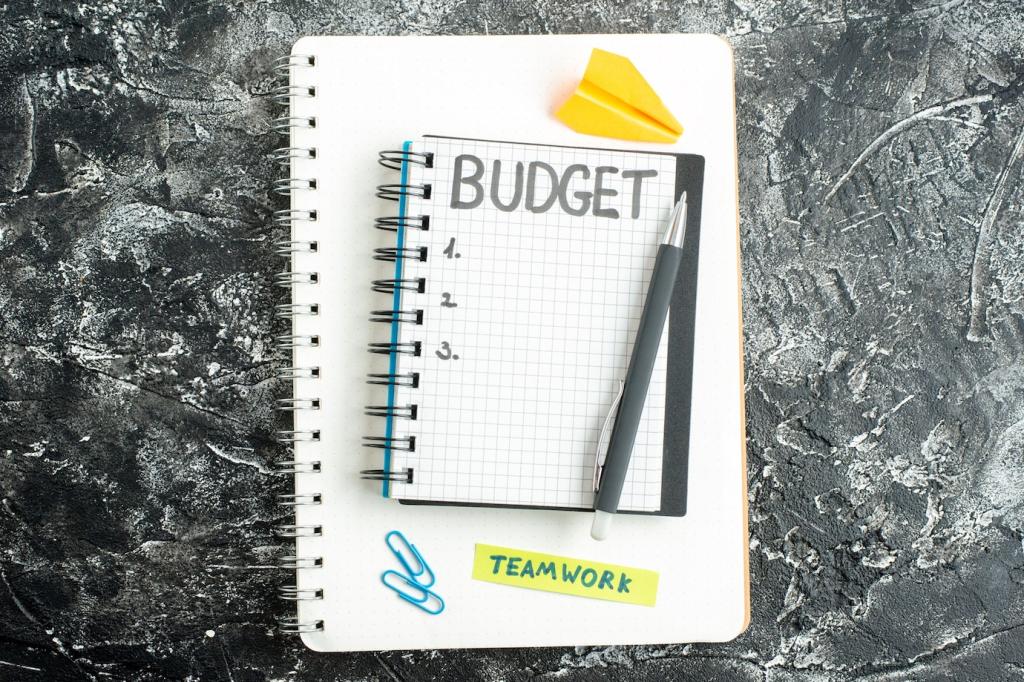Start With You: Goals, Habits, and Money Map
Tools feel confusing when goals are fuzzy. Decide whether you want debt freedom, a steady savings rate, or better bill tracking. Your goals determine must-have features, from debt payoff calculators to sinking funds and category rollovers.
Start With You: Goals, Habits, and Money Map
Sketch a simple money map: paydays, core bills, subscriptions, and the irregular surprises like car repairs or gifts. The right tool should support uneven income, recurring charges, and planned sinking funds without turning everything into chaos.
Start With You: Goals, Habits, and Money Map
Be honest about behavior. If manual entry makes you quit, prioritize bank sync. If privacy is paramount, lean toward offline tools. Your natural habits should shape the tool, not the other way around.
Start With You: Goals, Habits, and Money Map
Lorem ipsum dolor sit amet, consectetur adipiscing elit. Ut elit tellus, luctus nec ullamcorper mattis, pulvinar dapibus leo.






